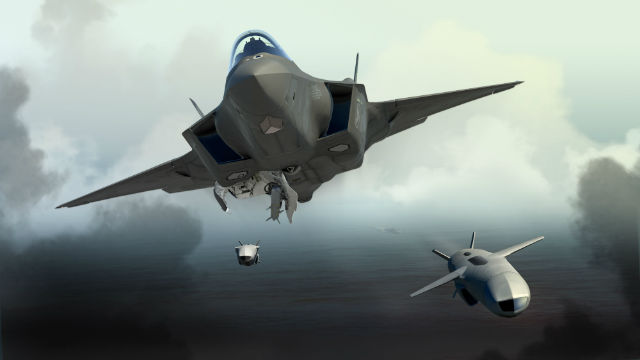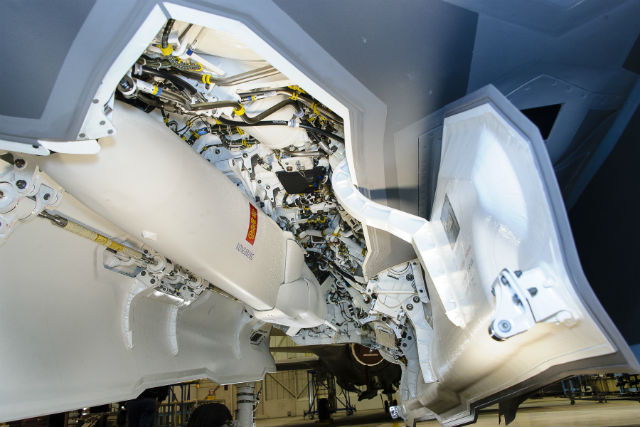Norway's Kongsberg is targeting a "substantial" market for its in-development Joint Strike Missile (JSM), to be fielded on current-generation fighter platforms such as the Boeing F/A-18 Super Hornet and Saab Gripen E, alongside its eventual intended deployment on the Lockheed Martin F-35.
"We see a significant market on both [legacy] platforms, but particularly on the F-18 with the US Navy, that is a significant market there, and also Australia," says Pål Bratlie, executive vice-president of Kongsberg Defence Systems. "Other countries are also looking at the F-18 as a future fighter. Of course there's also a huge number of F-16s out there, so a large market for the JSM."
However, although the company has performed some de-risking activities – notably fit tests on the two US-built types – any further integration work will require "a paying customer".
Discussions are also on going with nations interested in fielding the long-range anti-ship munition on the Gripen E and Eurofighter Typhoon, says Bratlie.
"We have interest from other aircraft manufacturers as well. [The JSM] offers an aircraft a lot of capability with its stand-off performance. We are in talks with potential customers," he says.
While declining to name countries interested in the weapon, he notes that Sweden, which is upgrading its air force with the next-generation Gripen E "would need capable weapons" to perform a maritime warfare role.

Kongsberg
Development activities on the JSM are continuing, with Kongsberg on 29 November securing funding from the Forsvarets Logistikkorganisasjon procurement branch of Norway's armed forces, to begin work on a "bridging phase" of the programme, ahead of likely political approval early next year for the launch of Phase 3 activities.
The NKr408 million ($66.9 million) award will be used to finance the production of initial flight-test examples of the missile and other industrialisation activities, Kongsberg says.
Phase 2 of the project saw the JSM pass its critical design review, and successful fit checks on all three F-35 variants were also performed, both on hardpoints and in the internal weapons bays of the F-35A and F-35C.
Jettison tests will begin in late 2014 or early 2015, says Bratlie, with these conducted from either the F-16 or F-18, before moving on to the Joint Strike Fighter in line with the release of the Block 4 software load on the stealthy type.

Kongsberg
Kongsberg is performing integration work on all three F-35 variants, but will only carry out trial firings using the conventional take-off and landing F-35A, as this is the model that the Royal Norwegian Air Force – the JSM's only customer – will acquire. However, additional jettison work could be conducted on the short take-off and vertical landing F-35B and carrier variant F-35C if there is customer demand, says Bratlie.
The company is aiming to complete development work by 2017, with the missile available for deployment on the F-18 by 2018 and by the end of the decade for the Joint Strike Fighter.
Bratlie says there has been "significant interest" from F-35 customers requiring an anti-ship missile. "There are large numbers of F-35 customers with this [anti-ship] mission. They need a capable weapon, and there is nothing else in the market," he says.
Source: FlightGlobal.com



















